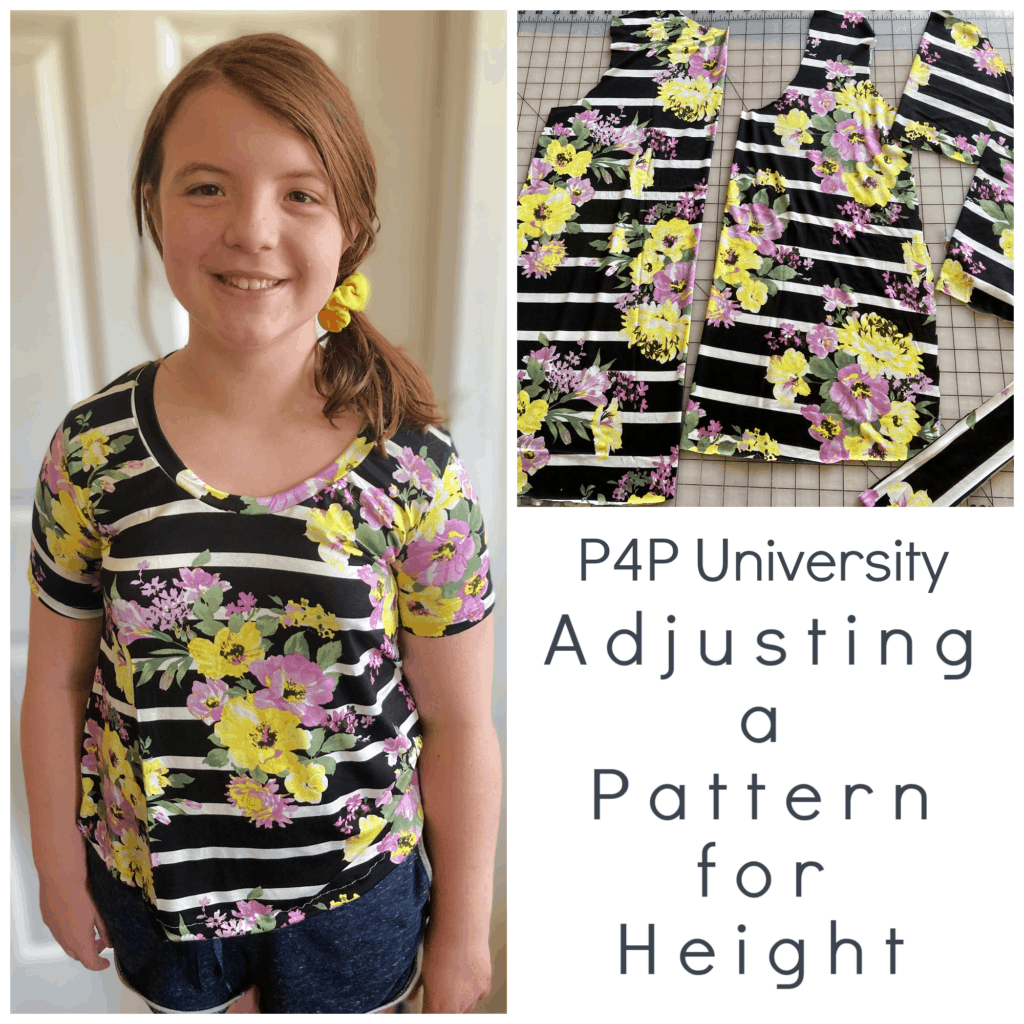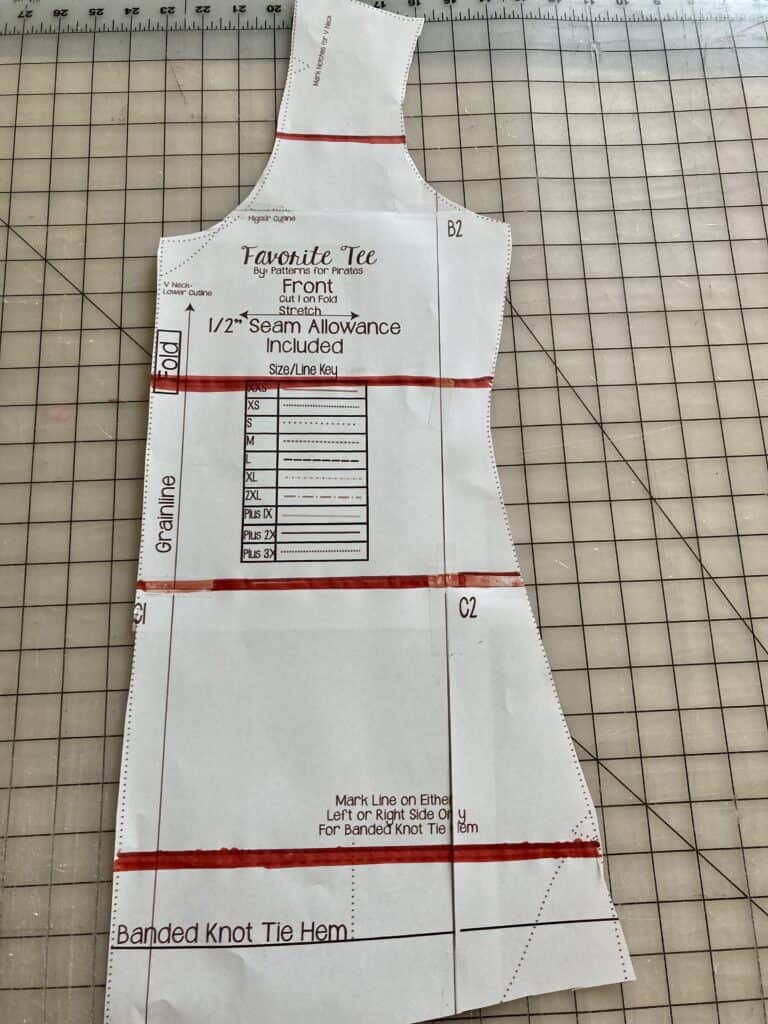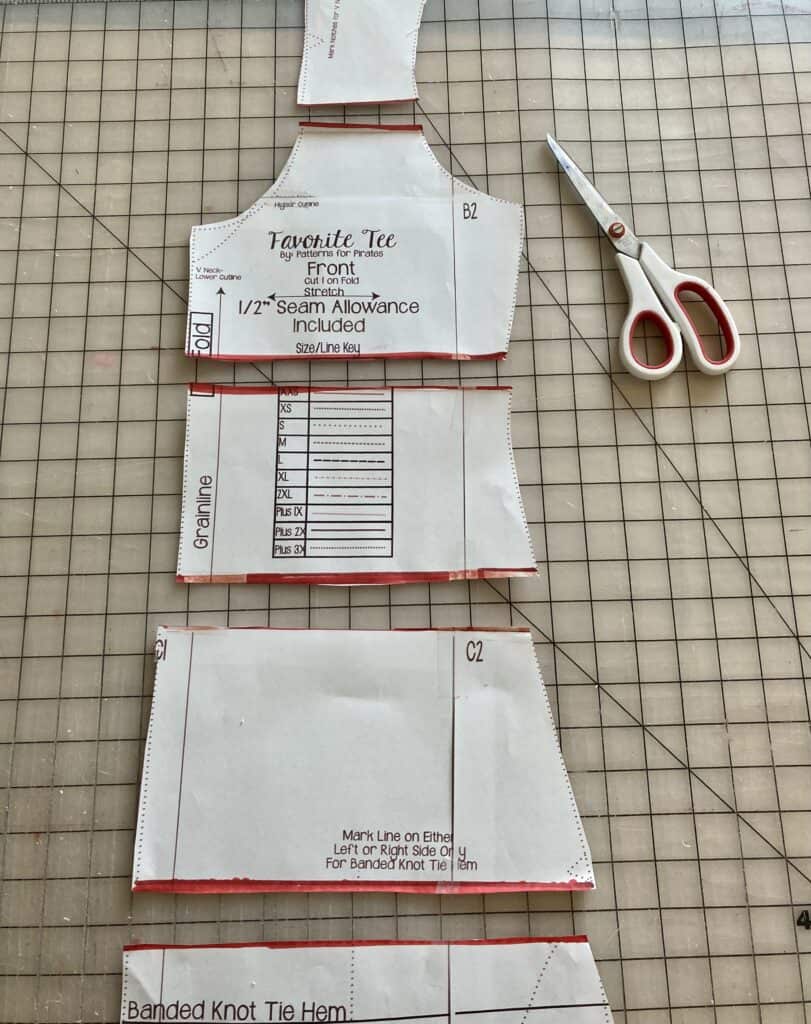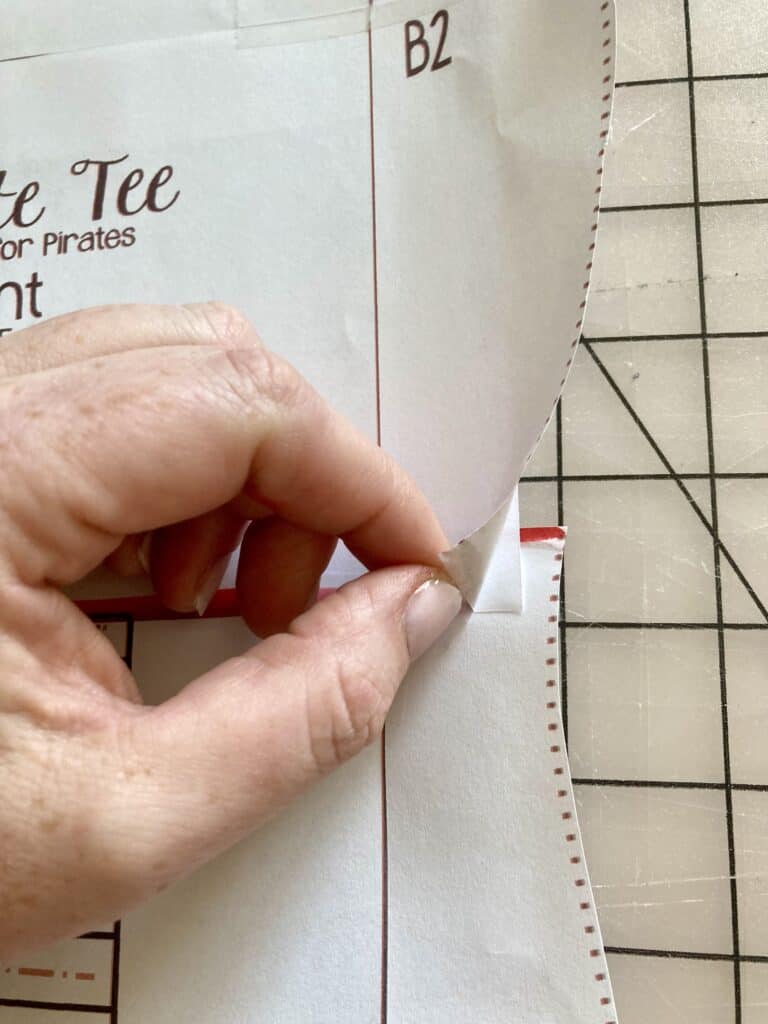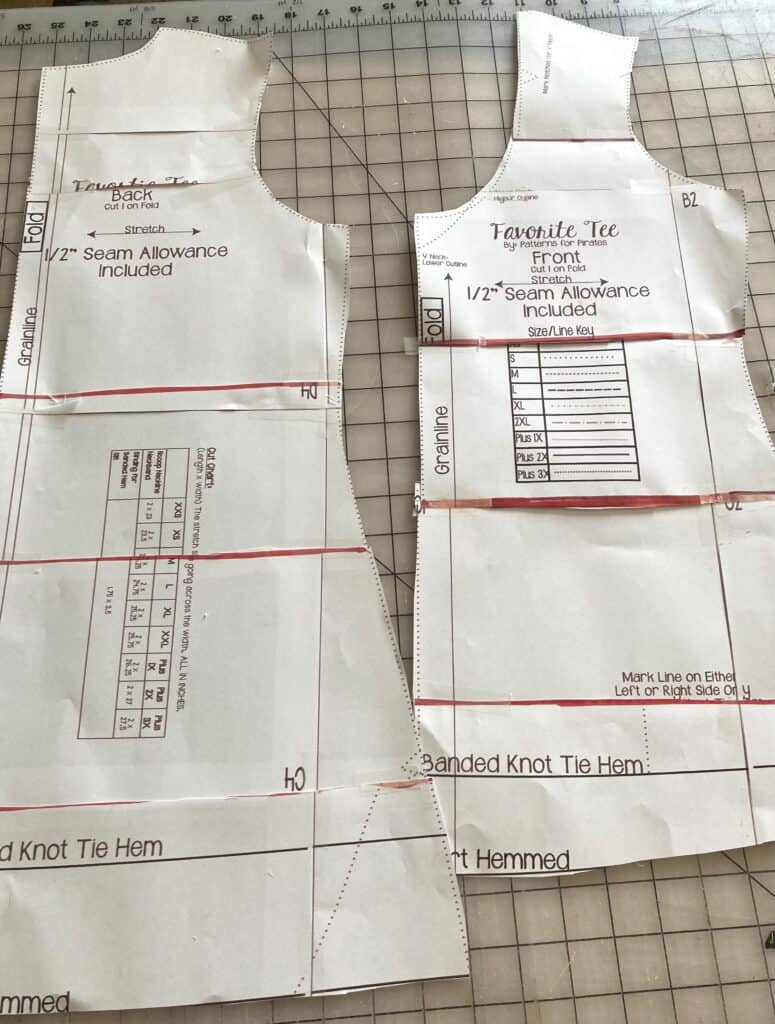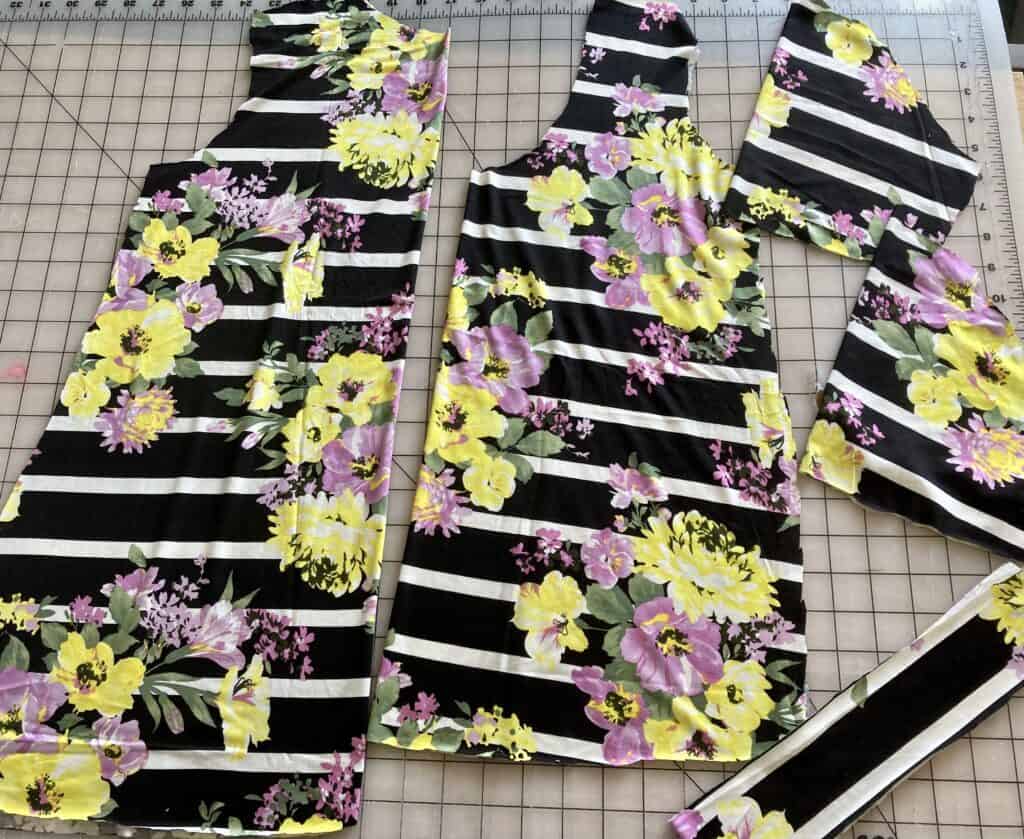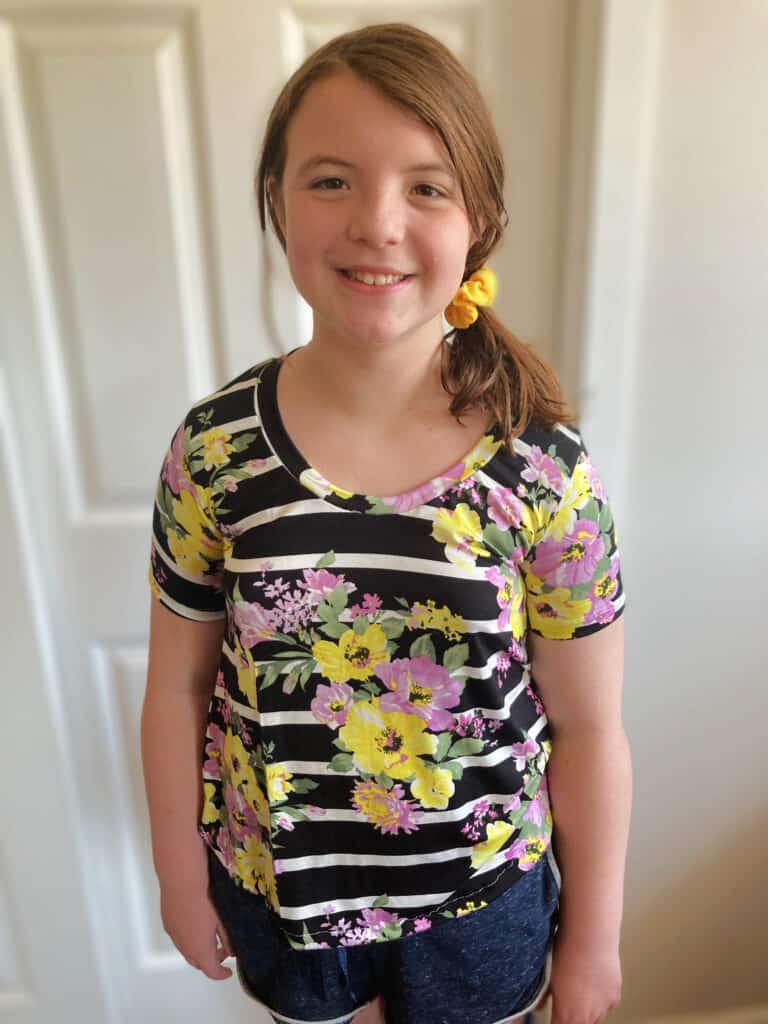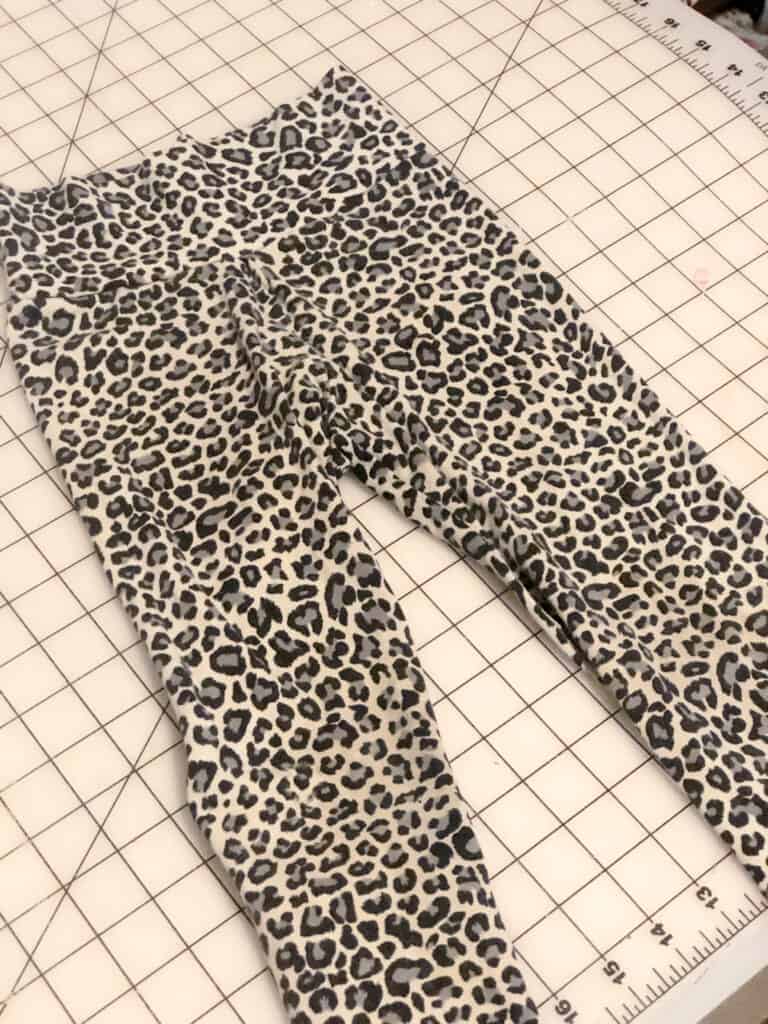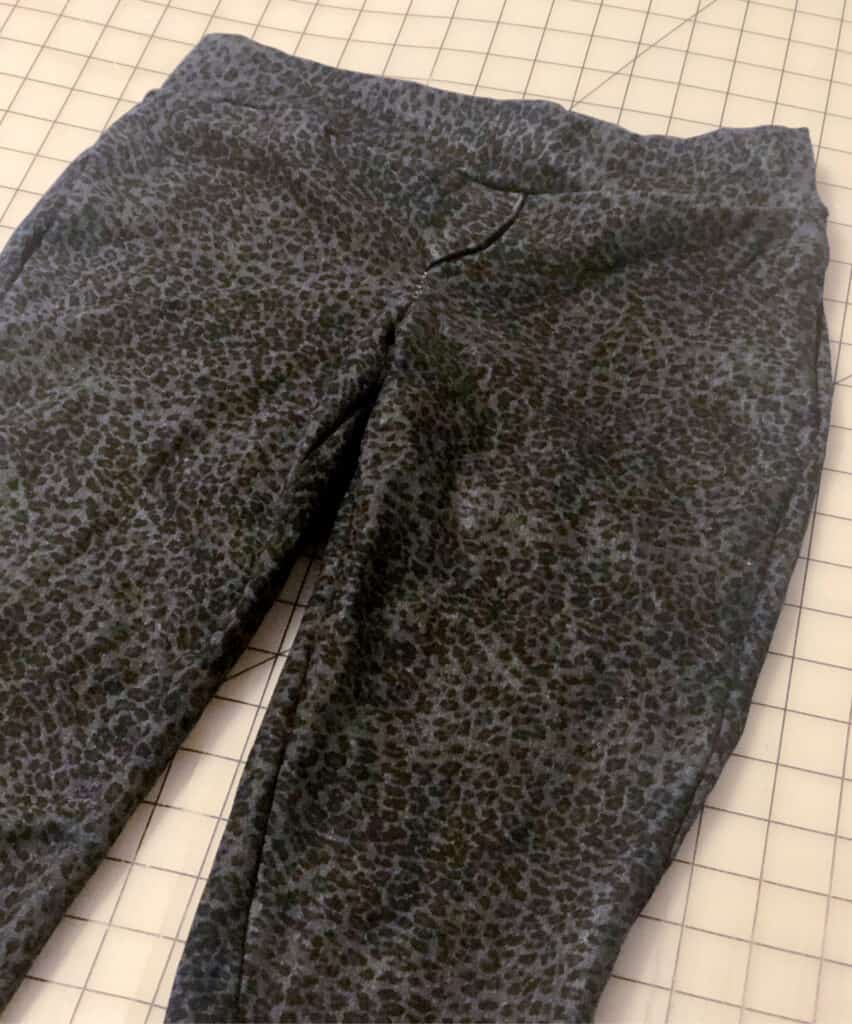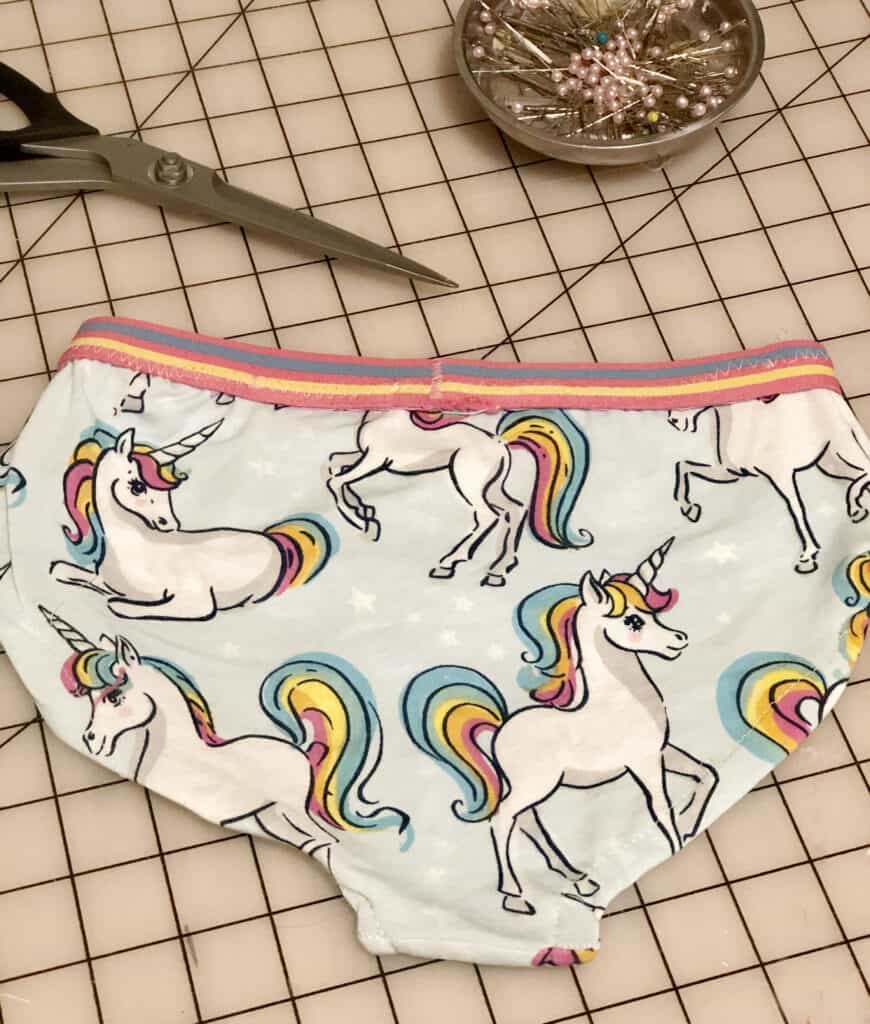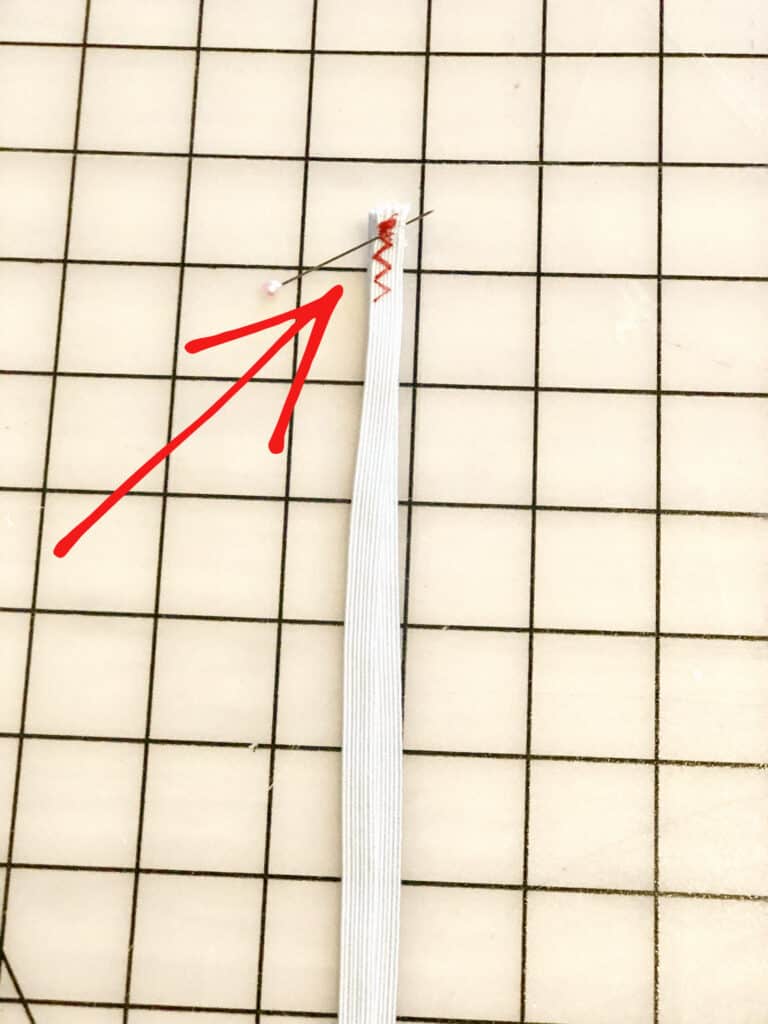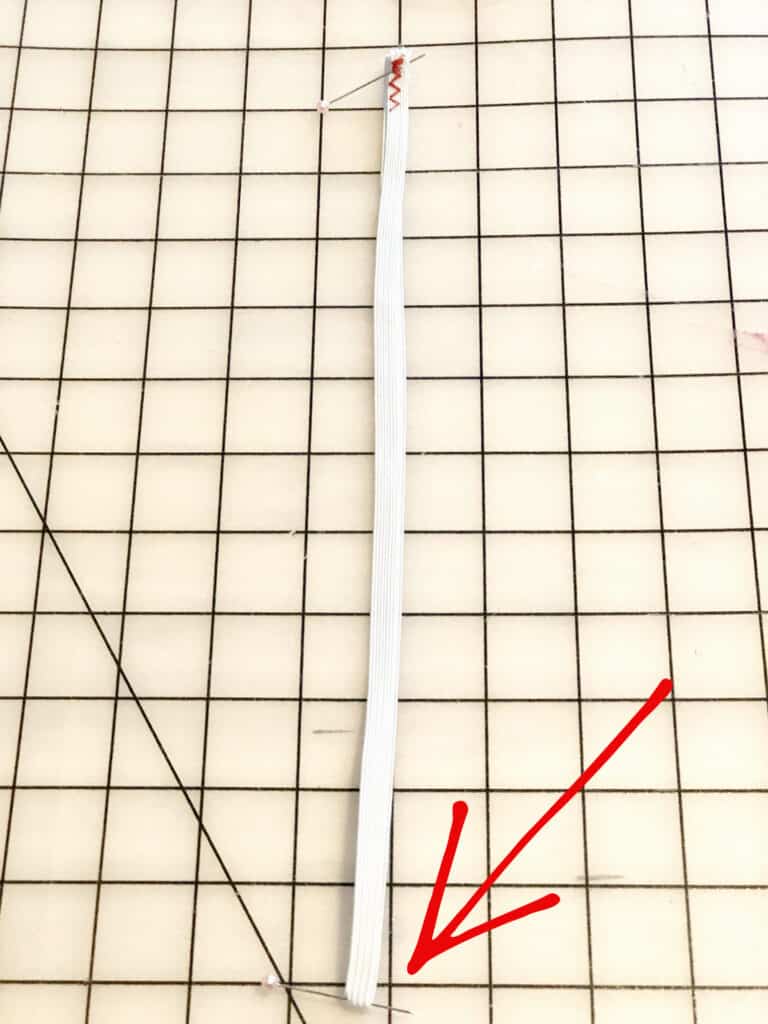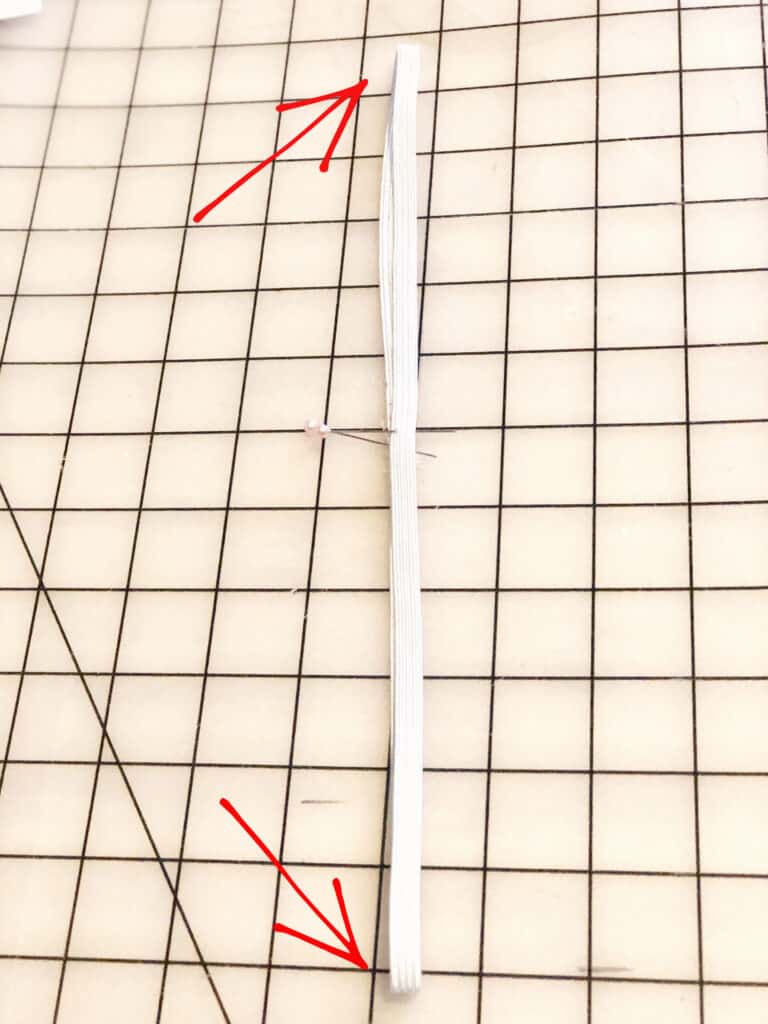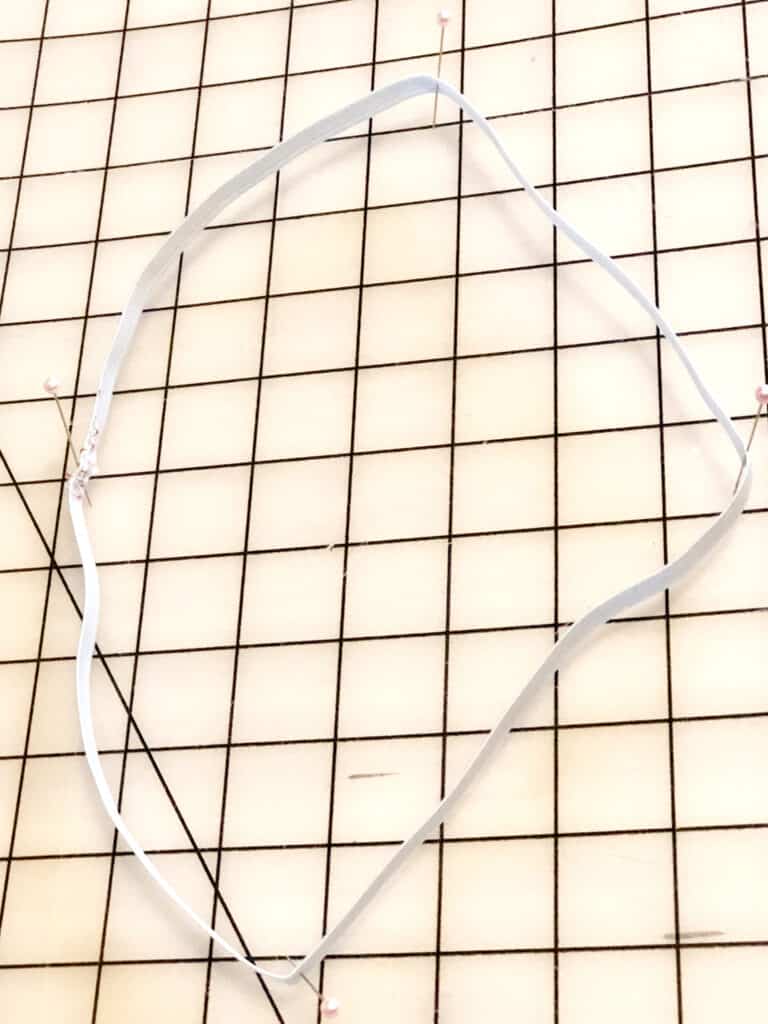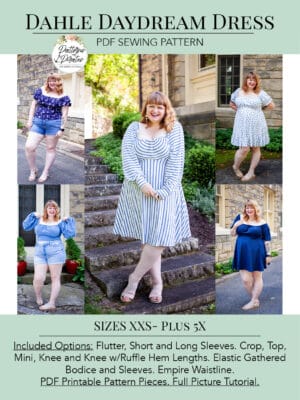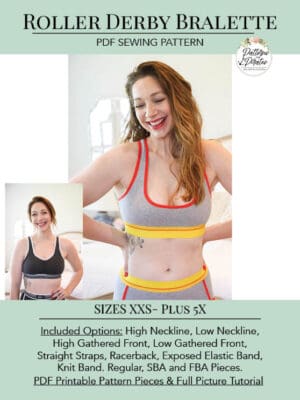P4P University- Adjusting a Top Pattern for Height
Today’s P4P University is all about adjusting a top pattern for height. We will take a look about the best practices for adjusting a pattern’s length, and how to create the best fit for your height.
Patterns for Pirates patterns are drafted for average height. That means in women’s patterns, they’re drafted for someone with the height of 5’5″. In this post, we will show you how to subtract or add length to a women’s top pattern to create the perfect fit.
DECIDING HOW MUCH TO ADD OR SUBTRACT TO A TOP PATTERN
When adjusting for height in a top pattern, it can feel a little daunting deciding how much to adjust by. But really, it’s just a little simple math. As a general rule of thumb, in women’s top patterns, you will want to add or subtract .5 inch for every inch you are off of the base of 5’5″. In our example today, we are making a Favorite Tee for someone measuring at a size XS, and is 5’1″. To determine how much length to subtract from the pattern, we simply find the difference between 5’5″ and 5’1″. That difference is 4 inches total. Now, keeping in mind our rule of thumb that for every inch difference in the wearer’s height from 5’5″, we take away .5 inches from the pattern, we will multiply 4 times .5 to get a total of 2 inches subtracted total.
Here it is written out:
5″5″-5’1″= 4″
4″ x .5 = 2″ subtracted from the pattern’s length
Conversely, if you are above the average 5’5″ the pattern is drafted for, you will find out how much to add to the pattern’s length by finding the difference in height, multiplying by .5 and ADDING it to the pattern’s length. It’s as simple as that!
WHERE TO SUBTRACT FROM/ ADD TO THE PATTERN
A common misconception is that one can simply add or subtract length to the bottom of a top to account for a difference in height. This is not usually the best course of action, as it can very often change the overall shape and intended fit of the garment. The most important thing to do is to spread the changes you make throughout the length of the bodice. This can be done to suit your preferences, but four good places to start are at armscye, just under the bust line, just under the waistline, and just above the bottom hemline.
Adding throughout the pattern like this helps to ensure that the bust, waist, and hip of the garment stay where they actually are on the wearer’s body. Patterns for Pirates uses a standard side waist length of 8″ and a waist to hip length of 8.25″, so if you know your specific length measurements between those points, you will want to add/remove the exact amount in those areas. For our purposes today, we are equally spreading our change in length throughout the pattern.
Take both your front and bodice pattern pieces, and mark with a line where you will be adding or subtracting length, such as we have, pictured below:
The next step is to cut the pattern pieces along those lines, so that these pieces can either be shortened or lengthened, depending on your fitting needs.
ADJUSTING THE TOP PATTERN PIECES TO EITHER LENGTHEN OR SHORTEN
In our example today, we will be subtracting length across the cuts in our pattern pieces to create the perfect fit for our wearer. Because we will taking away length in FOUR places (armscye, under the bustline, under the waistline, and just above the hemline) we will be dividing our total amount to be taken from the pattern’s length by 4.
2″ total needed to be taken from the pattern’s length
2″ divided by 4 = .5″
Therefore, we will be subtracting .5″ from the four different places in the pattern mentioned above. To do this, we will reposition our pattern pieces to overlap by .5″ each, and tape in place. Remember: you will want to do this to both the front and back bodice pieces of your top pattern.
If you are adding length to a pattern, you will want to spread your pattern pieces by the required measurement to create more length. When you are done re-taping, you will have two new bodice pieces adjusted for your height!
SEW UP YOUR TOP AS USUAL
Now that we’ve adjusted the front and back bodice pieces of our top, we can go ahead and sew as usual. Using your newly adjusted pattern pieces, cut your fabric and sew away.
And it’s as simple as that! Keep in mind that every body is different, and it may take a little practice to get the perfect fit when adjusting for height in a top. But with these simple beginning steps and general rules of thumb, we hope that you can adjust your patterns easily to create that perfect fit every time!
